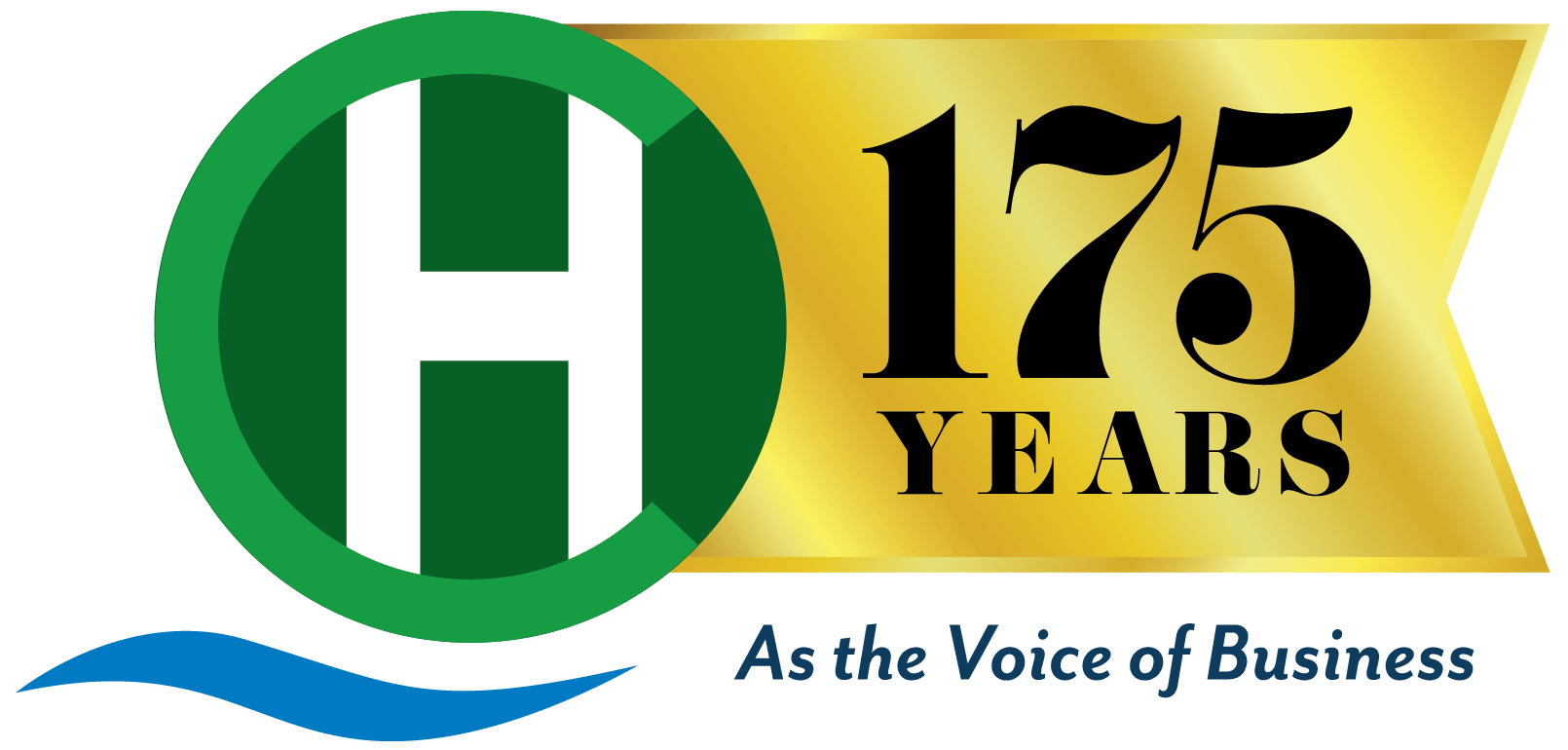Chamber of Commerce Hawaii
Pulling the Right Levers: Investing in People, Not Just Payroll
A company that treats training as a budget line item to trim during lean times is one that’s already lost its edge. The question isn't whether a team should be educated and developed—it’s when and how to do it so that the investment actually pays off. In the churn of deadlines and deliverables, staff education is often shelved, delayed, or watered down into a vague “initiative.” But sharpening the skills of a workforce isn’t just about professional growth; it’s a deliberate, strategic play that either lifts an organization or leaves it standing still while the competition surges ahead.
Moments of Growth: Knowing When to Strike
Timing matters more than most leaders realize. Training isn’t just for onboarding or a perk offered during performance reviews. The best time to invest in team education is right before a pivot—whether that’s adopting a new tool, entering a fresh market, or shifting your internal processes. Training in those moments becomes a multiplier, giving people the language, context, and confidence they need to meet change head-on instead of hesitating at the edge of uncertainty.
Targeted Beats General Every Time
A catch-all training rarely sticks. People forget what isn’t immediately applicable, and they tune out anything that feels like filler. The most effective programs zero in on real pain points: gaps in collaboration, technical blind spots, leadership weaknesses. When a team can apply what they’ve learned that same week, they remember it, rely on it, and embed it into their workflow—not because HR said to, but because it clearly makes their work smoother or their goals easier to hit.
Clarity Travels Better Than Assumptions
When teams span time zones and continents, clear training materials become more than helpful—they’re essential. To bridge language gaps without losing the human touch, check this out: an online audio translator that can dub recordings into multiple languages while preserving the original speaker’s tone and cadence, creating quick and natural-sounding multilingual audio content. It’s not enough to just translate slides or offer subtitles; the meaning and nuance of each lesson must come through intact. Without that level of clarity, even the best training gets lost in translation.
Let the Problems Choose the Program
You don't start with the training catalog—you start with the problems your team is facing. Too many businesses reverse-engineer their development plans from what's available or trendy. But the smartest leaders dig into the symptoms: repeated project delays, miscommunications, burnout, high turnover. Once the core issues are clear, it becomes obvious whether the team needs better time management tools, emotional intelligence coaching, or just a more structured mentoring system.
Upskilling Isn’t Always About Hard Skills
There’s a tendency to overvalue technical training and undervalue everything else. Sure, knowing how to run a system or write code matters—but it won’t hold a team together when pressure spikes. Skills like giving feedback, managing interpersonal tension, and building resilience often make the difference between teams that deliver under stress and teams that buckle. The best training portfolios include a balance of what’s teachable in a classroom and what has to be practiced in real conversations.
Watch for the Hidden Experts on Your Own Payroll
One of the most overlooked training resources already works in the building. Organizations are quick to bring in outside consultants, but they often miss the deep knowledge and practical insight sitting right down the hall. Peer-led learning doesn’t just cost less—it often connects better. Employees tend to trust colleagues who speak their language, share their context, and understand the specific hurdles they're up against, making internal training both more relatable and more actionable.
Training is a Culture Play, Not a Checkbox
How an organization treats training says everything about how it values learning. When education is baked into the rhythm of work—when it’s ongoing, conversational, and visibly supported from the top down—it stops feeling like a chore. It becomes part of how people talk, collaborate, and grow together. But if training is sporadic, uninspired, or only pulled out during annual reviews, employees learn to tune it out and treat it as another hoop to jump through.
A training budget isn’t just money out—it’s momentum in. But choosing what kind of training to offer and when to roll it out is less about flash and more about fit. The companies that do this well don’t shout about their development programs; they embed learning into the way they operate. Investing in people doesn’t need to look grand or feel disruptive—it just needs to be consistent, intentional, and grounded in the real-world needs of the team. When that happens, training isn’t a side project. It’s the engine.
Discover how the Chamber of Commerce Hawaii can empower your business with unparalleled networking opportunities and resources to thrive in Hawaii’s dynamic economy!

